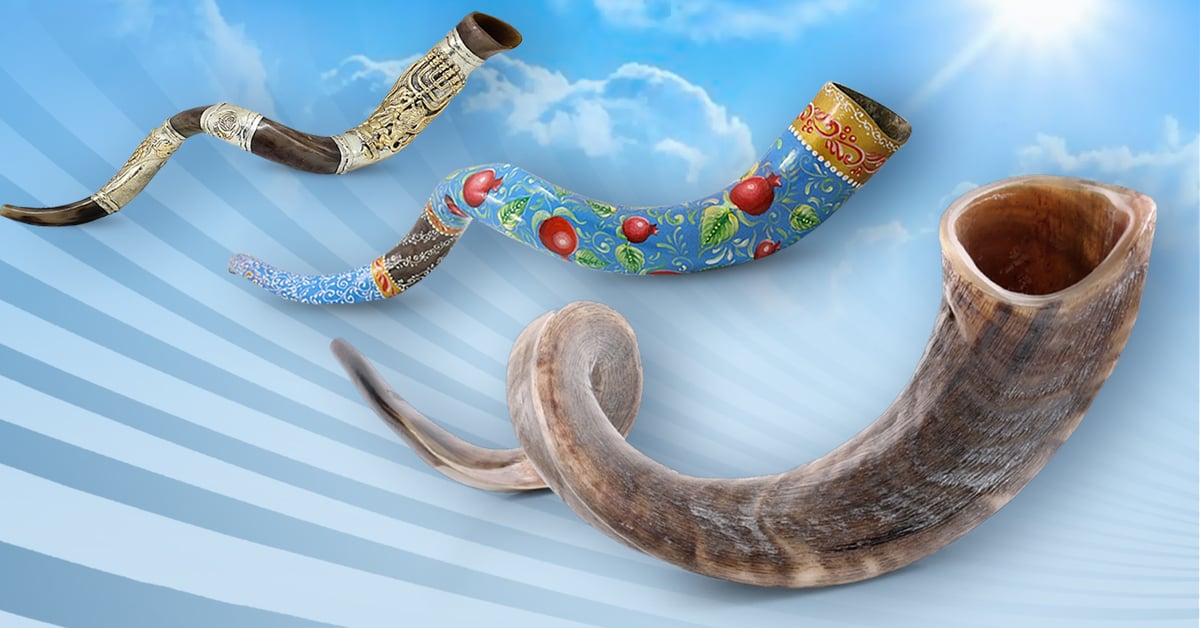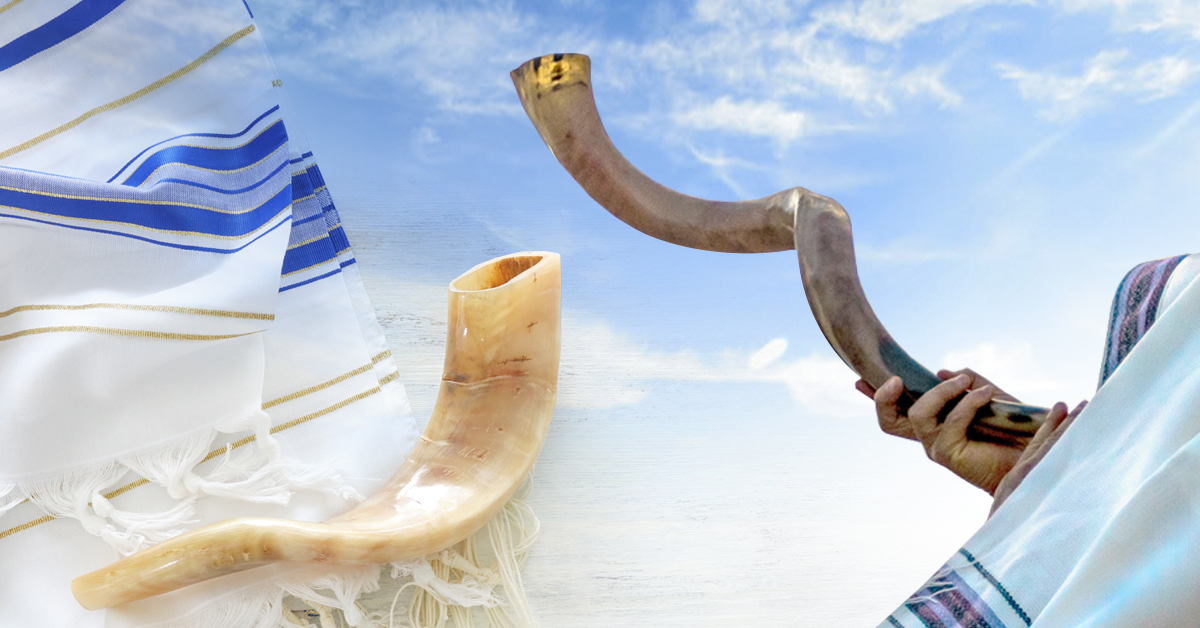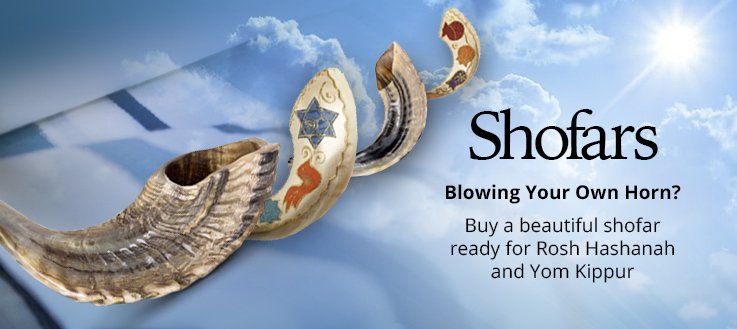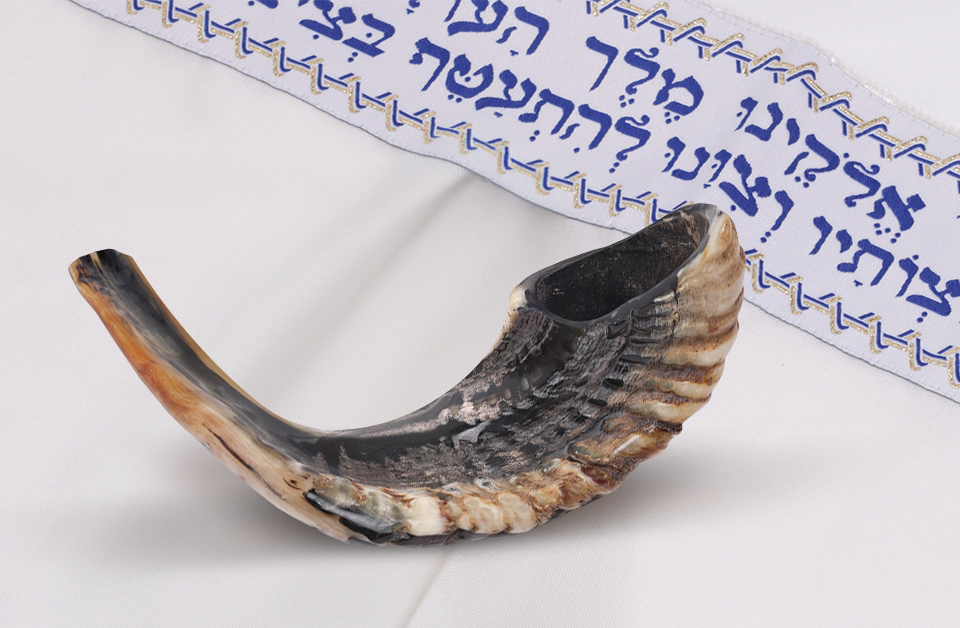Historical and Biblical Significance of the Shofar
The shofar in the Bible holds deep historical and spiritual significance, serving as both a divine instrument and a symbol of sacred moments in Jewish history. One of the earliest and most powerful mentions is in Exodus 19:16, where the shofar blast heralds God's descent onto Mount Sinai, signaling the giving of the Ten Commandments. It was also used in Joshua 6:4–5, when the Israelites circled the walls of Jericho and brought them down with the sounding of the shofar. These events highlight the shofar in its role as a tool of both divine revelation and miraculous intervention.
Historically, the shofar played a central role in ancient Jewish traditions. It was used to announce the beginning of festivals, especially Rosh Hashanah, the Jewish New Year, where its sound calls people to spiritual reflection and repentance. On Yom Kippur, the Day of Atonement, a long blast of the shofar marks the end of the fast. Beyond religious observances, the shofar in the Bible and in historical record was also a practical tool—used to signal alarm, gather the community, or proclaim the coronation of a king, as seen in 1 Kings 1:34.
The shofar remains a powerful symbol of awakening, renewal, and divine presence. From the trembling blasts at Mount Sinai to the prophetic visions in Isaiah 27:13, the shofar has carried the voice of faith through centuries. Its enduring presence in Jewish tradition today reflects a continuous link between past and present, echoing the spiritual heartbeat of the Jewish people.

The Meaning and Symbolism of the Shofar
The shofar meaning in Jewish tradition goes far beyond its role as a ritual instrument—it carries profound spiritual and symbolic weight. Blown primarily during the High Holy Days, Rosh Hashanah and Yom Kippur, the shofar serves as a wake-up call for the soul, urging individuals to reflect, repent, and return to God. Its raw, primal sound pierces the heart, symbolizing a direct connection between humanity and the Divine. According to Jewish thought, the shofar bypasses words, reaching a place in the soul that speech cannot.
Each of the traditional shofar blasts—Tekiah (a long, steady note), Shevarim (three short, broken sounds), and Teruah (a series of quick, trembling notes)—has symbolic interpretations. Tekiah represents a call to order and stability, Shevarim echoes the brokenness of the human spirit, and Teruah signifies a sense of urgency and alarm.
Together, the shofar blasts of Rosh Hashanah mirror the spiritual journey of repentance: awakening, introspection, and the desire to change. The blowing shofar meaning is therefore both deeply personal and universally communal, calling every Jew to reconnect with their identity and purpose.
In Jewish theology, the shofar is also seen as a symbol of redemption and divine presence. It is believed that a great shofar blast will one day announce the coming of the Messiah and the ultimate gathering of the Jewish people (Isaiah 27:13). Thus, the shofar not only connects Jews to our past and present but also points toward hope for the future. Its sound, timeless and stirring, continues to embody the enduring covenant between God and the Jewish people.























